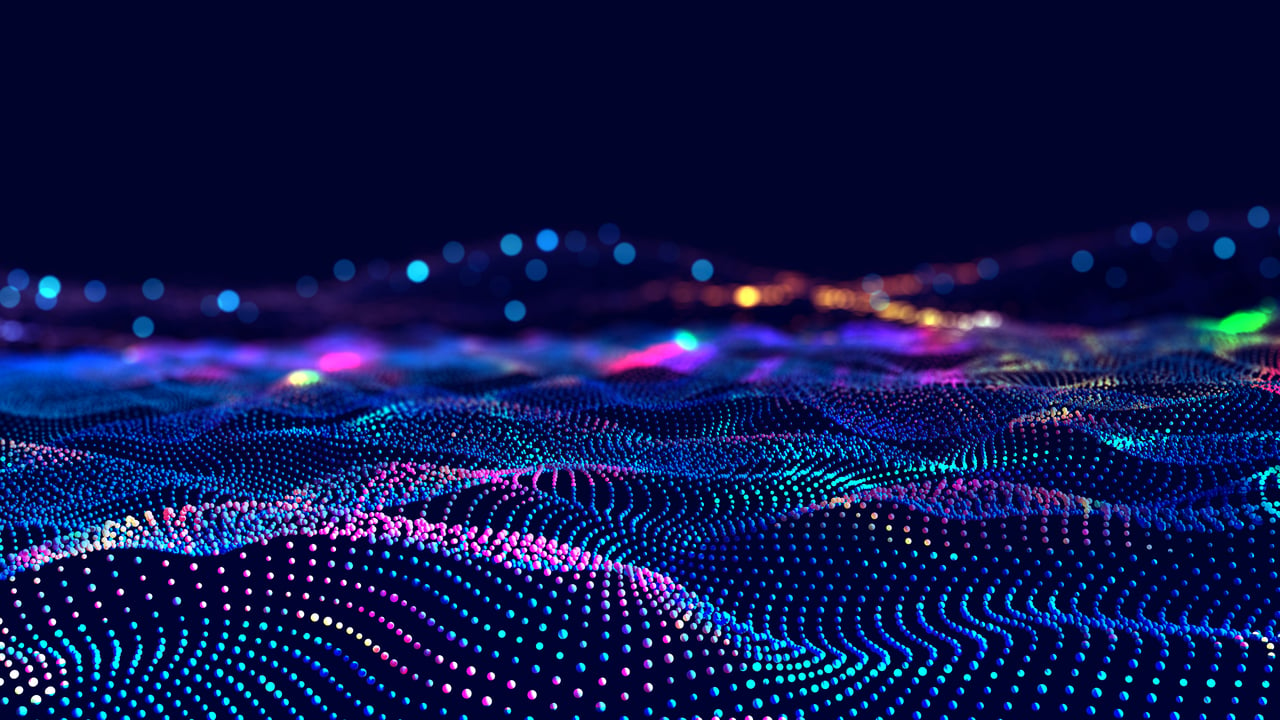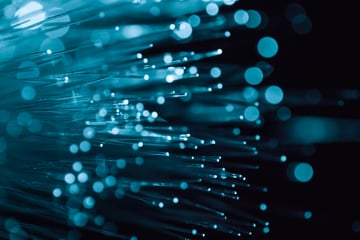
Fit The Curve Blog
AI tools in bioanalytical laboratories, will they save us from ourselves?

If you're like me, it seems you can't attend a company meeting without artificial intelligence (AI) tools being either on the agenda or coming up during the discussion. The ubiquitous reference to AI, particularly generative AI, infiltrates every strategy conversation to some degree. There's no denying that there will be an impact with artificial intelligence in bioanalysis and data management processes. The question is, how will these tools change what we do?
Prompt your favorite generative AI application with "How will AI impact regulated quantitative bioanalysis?" and you'll get a comprehensive list of predictions around more efficient, accurate, and compliance-improving processes. It seems the AI rescue team is coming to solve all our problems. While I believe positive change will come with AI, I ask myself, "Are these predictions reasonable and accurate, or are they simply the generative AI output of collective group thought and digital wish lists?" I'm also hesitant to assume this will happen quickly. There will likely be some overreach associated with AI exuberance that will face a counterbalance, bringing us to practical tools that will become the norm.
I do feel we need an upward inflection point in how we conduct our regulated bioanalytical operations, focusing on efficiencies and doing what is appropriate for the intended use of the data. We're wrestling with raising the scientific bar on what we do without considering what we get in return in meeting "suitable for intended use."
All regulated bioanalytical labs go through a constant process of SOP evolution. There is frequent input on SOP content from sponsor audits, inspections, QA, and associated regulatory language interpretation. We often incrementally add to our procedures with good intent. There's always something else we can do to deliver increased accuracy, precision, sensitivity, interpreted compliance, and overall defense of the data. However, less attention is given to what we get in return for these actions or if they are truly needed. This isn't all because of regulatory language; we routinely do it to ourselves, taking the common denominator pathway to avoid any debate that we have all perspectives covered.
As a bioanalytical community, we can be our own worst enemy in raising the scientific bar unnecessarily. Especially in a CRO environment where the opinions of hundreds of sponsors influence practice, it becomes a tide that is very difficult to swim against. However, we are also living in a period of expected efficiency revolution, with norms changing with every news headline. It's predictable this will cascade into our bioanalytical laboratories and potentially clash with the expectation that we increase scientific rigor. AI tools are certainly expected to fuel efficiency gains, but we also see them enabling the generation and processing of larger data sets and deeper interrogation of data. There are tremendous opportunities for AI to enable additional insights into disease understanding and consequently therapy developments. I am keen to see these tools develop and work in practice to further human disease treatment. However, where will AI specifically and positively impact regulated bioanalysis? Efficiency gains, compliance improvements, both, or generating more metadata because now we can?
Much of my dilemma comes back to conducting regulated bioanalysis such that it is 'suitable for the intended use.' That is a commonsense statement that I anticipate most agree with. However, we consistently deviate from this, often based on individual opinions or regulatory language interpretation impacting practice. Recently, there's been discussion in online forums about reporting expiration dates of non-critical reagents in bioanalytical methods. In this blog, I've discussed the value and appropriateness of the post-extracted sample stability (PSS) experiment. The current debate is open around the use of ICH M10 for biomarker assays. This is not exhaustive, and my point is that we've done an excellent job of increasing analytical rigor in bioanalysis over the past 20-30 years, but maybe not always in line with the fundamental driver "suitable for intended use."
So, will AI change our trajectory of doing more because we can and help us align with the use of the data? I believe it has the potential to help us manage increasingly complex bioanalytical assays and develop safe and effective therapies to further tackle human disease. I am optimistic that we can achieve notable efficiency gains in the development, validation, and application of bioanalytical methods and the reporting and management of bioanalytical data using AI developments. However, we cannot assume this will happen automatically. We must ensure AI tools in the bioanalytical arena work for the needs of improved efficiency and appropriateness to the objective. I hope we manage to place the emphasis on what is important, delivering data that provides confidence in bioanalytical conclusions and subsequent decision making. If we fall into the trap of introducing new tools that generate more data to simply interrogate our bioanalytical practices further, then I fear we will miss the efficiency gain opportunities and continue to diverge bioanalytical data sets from the ultimate purpose of the data—a path we've been on for some time.

Stephen Lowes, Ph.D.
Senior Director, Bioanalytical Services Welcome! I'm Steve Lowes, and I'm thrilled to share my journey, thoughts, and insights with you through this blog. As the Senior Director of Scientific Affairs at IQVIA Laboratories in Ithaca, NY, I've dedicated over 30 years to the fascinating field of regulated bioanalysis. Throughout my career, I've had the privilege of presenting at numerous conferences and authoring publications that aim to advance our science and foster dialogue within our discipline. I'm proud to be the co-editor of the book "Regulated Bioanalysis: Fundamentals and Practice," and I enjoy sharing my knowledge and experience from the lab, as well as troubleshooting bioanalytical data. Recently, my interests have focused on the exciting applications of LC-MS in modern drug modalities and biomarker bioanalysis. This has expanded into biologic molecules, adding new dimensions to the future potential and importance of the bioanalyst's role in bringing safe and effective therapies to market. Outside of work, I cherish life with my wife and two wonderful teenage daughters. You can often find me fly fishing on trout streams and salmon rivers or hiking the beautiful gorges and forests of central NY with my black Labrador, Josie. I look forward to diving into and exploring current bioanalytical topics and more with you!
Subscribe to our blog
Receive updates via email when new blog articles are posted. You can unsubscribe at anytime.
You may also be interested in

December 12, 2025
Driving digital transformation in regulated bioanalysis: practical utility of a bioanalytical ELN
This blog article introduces a great discussion my colleague April Pisek and I ...
June 19, 2025
Rediscovering Innovation: Bioanalytical Highlights from ASMS
This week, I highlight the mass spectrometry innovations seen at the 73rd ...
May 15, 2025
Bioanalysis at a Crossroads: Embracing Flexibility in a Regulated World
This week I consider the need for flexibility in our bioanalytical labs to ...
April 4, 2025

